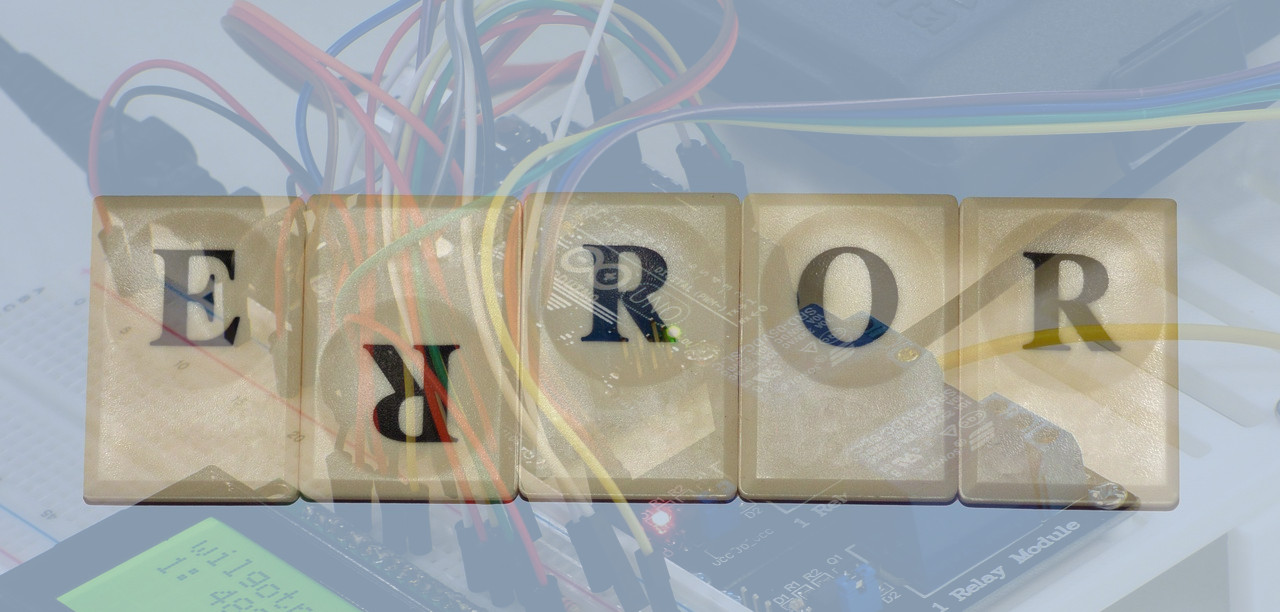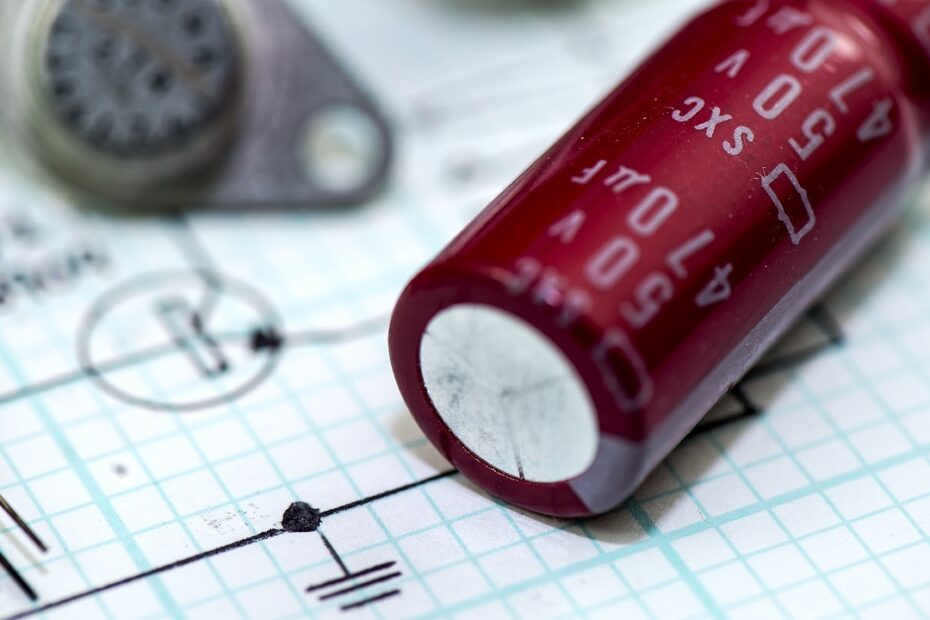Starting your inaugural electronics project marks the commencement of a captivating expedition into the world of ingenuity and originality. Whether you’re delving into the intricacies of elementary circuits or embarking on a more challenging venture, this is your chance to breathe life into your inventive ideas. Nevertheless, the route to triumph in the realm of electronics can be fraught with potential stumbling blocks. In this extensive handbook, we will delve into “30 Common Blunders to Evade in Your Maiden Electronics Project.” By grasping these prevalent pitfalls and deftly sidestepping them, you can navigate your way towards a more seamless and triumphant immersion into the enthralling domain of electronics. Irrespective of whether you’re a fledgling enthusiast or a seasoned aficionado, this guide will bestow upon you the knowledge and sagacity essential for building and learning with unwavering assurance. So, join us on this illuminating voyage, and guarantee the triumph of your very first electronics project!

1. Safety Neglected: Neglecting appropriate safety measures, such as grounding, protective equipment, and handling live circuits, can lead to severe accidents.
2. Inadequate Planning: The absence of a detailed electrical schematic and layout can result in a disorganized project with an increased risk of errors.
3. Ignoring Data Sheets: Disregarding manufacturer’s data sheets for components can lead to incorrect wiring and inefficient designs.
4. Powering Up Without Double-Checking: Turning on your circuit without verifying the connections can damage components or create safety risks.
5. Using Incompatible Components: Mixing components with different voltages, currents, or frequencies can result in catastrophic failures.
6. Not Testing Components: Neglecting to test individual components can make it challenging to identify faulty parts later.
7. Poor-Quality Soldering: Shoddy soldering can lead to weak connections and intermittent failures.
8. Ignoring Polarity: Failing to observe the polarity of diodes, capacitors, and LEDs can cause malfunctions in your project.
9. Neglecting EMI/RFI Considerations: Ignoring electromagnetic interference and radio-frequency interference considerations can lead to poor performance and signal degradation.
10. Inadequate Power Supply: Using an undersized power supply can result in instability or reduced project performance.
11. Ignoring Voltage Regulators: Failing to use voltage regulators can expose your project to voltage fluctuations, potentially damaging components.
12. Disorganized Wiring: Poorly organized wiring can complicate troubleshooting and lead to errors when making adjustments.
13. Unlabeled Components: Forgetting to label components and wires can create confusion during assembly and maintenance.
14. Not Documenting Your Work: Neglecting documentation makes it harder to track changes, understand your project’s design, and replicate it in the future.
15. Using Low-Quality Tools: Inexpensive or worn-out tools can result in imprecise work and may not endure throughout your project.
16. Inadequate Workspace: A cluttered and disorganized workspace can lead to accidental short circuits and misplaced components.
17. Neglecting Grounding: Inadequate grounding can introduce noise and instability into your circuits.
18. Lack of Proper Heat Sinks: Overheating components can cause premature failure, so it’s important to use appropriate heat sinks.
19. Using Low-Quality Wires: Poor-quality wires can lead to continuity and reliability issues.
20. Failure to Check Electrical Connections: Not verifying electrical connections can result in intermittent malfunctions.
21. Ignoring Soldering Standards: Not following proper soldering practices can lead to reliability issues.
22. Inadequate Component Storage: Improper component storage can damage them and affect their performance.
23. Neglecting Insulation: Forgetting to insulate electrical connections can cause short circuits.
24. Overloading the Circuit: Exceeding circuit specifications can lead to premature component wear.
25. Using Inaccurate Calculations: Inaccurate calculations can result in incorrect component dimensions.
26. Not Checking Operating Temperatures: Ignoring component operating temperatures can lead to failure due to overheating.
27. No Battery Polarity Check: Inserting batteries in the wrong direction can damage your circuit.
28. Failure to Test Jumper Wires: Defective jumper wires can lead to continuity problems.
29. Ignoring EMI: Disregarding electromagnetic interference can lead to signal issues.
30. Using Counterfeit Components: Using counterfeit components can result in poor performance or failures.
By avoiding these 30 mistakes, you will significantly improve your chances of succeeding in your first electronics project. Planning, documentation, safety, and attention to detail are essential for completing your project while acquiring essential electronic skills.
